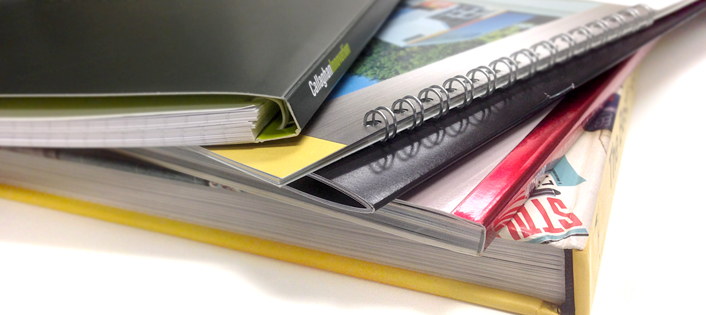Book Binding, also called Book Binding, is the procedure of binding together and arranging printed or written pages into a book. There are many types of binding techniques. There are different binding options available, depending on your needs and preferences. The best way to learn more about binding techniques is to speak with a bookbinding specialist from the best print shop in Scottsdale, to explain the different methods in detail. The various binding options include comb, roller, saddle stitch, screen, glue stick, twine, and self-stitching. This article briefly highlights some of the main book binding techniques and describes the advantages and disadvantages of each method.

Hard Cover Book Binding: Book printing companies usually only offer a single bound product – a hardcover book. These books can be of varying sizes depending on the size of the printing company. Because of this fact, it is necessary to ensure the perfect binding method for each book, whether it is a hard copy or a soft copy. In addition, books that are being published through a publishing house often have special requirements for their binding process.
Soft Cover Book Binding: to produce a soft cover, a book publisher will often use a heavy card stock, with a glued edge. The glue is so strong that the weight of the paper is enough to ensure that the book is stable and cannot be easily opened, closed or torn. The advantage of using a hard cover is that you can preview a copy of the book without having to actually buy it, which allows you to know if the book is right for you. It is possible to then make the decision to purchase the hard copy, should you need to do so.
Engraving and Page Numbers: Engraving is a printing technique where a pattern is applied directly to one or more pages of a book. This pattern can vary greatly, from decorative characters, to dates and words. The advantage of engraving is that it provides an opportunity for you to create unique page numbers and titles. In book binding, it is important to note that the engravings and page numbers can be removed without damaging the text.
Hard Cover Book Binding: As its name implies, hard cover is a bookbinding style that does not allow the text to be seen through the plastic binding. Instead, the pages are covered in a heavy, metal cover, such as leather or vinyl. A variety of styles of hard cover bindings are available. Some binders provide a choice between spiral and regular tape binding, although spiral binding is more difficult to produce than regular.
Choosing the right binding style is essential to the success of your book. Different methods of binding provide various advantages and disadvantages. It is therefore important to understand what advantages and disadvantages you would prefer for your book. If you feel you have no choice but to use one of the commonly used techniques, such as book publisher bindings, it is important to choose a high quality book binding machine. By doing so, you will guarantee the longevity of your book and increase its appeal to potential book buyers.